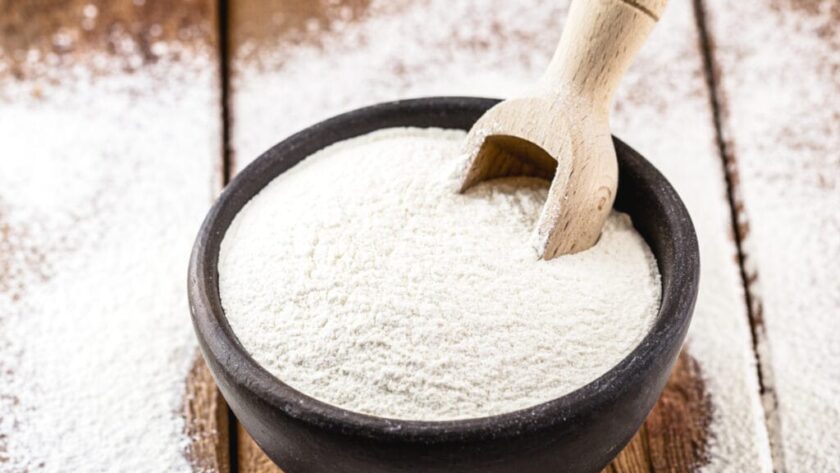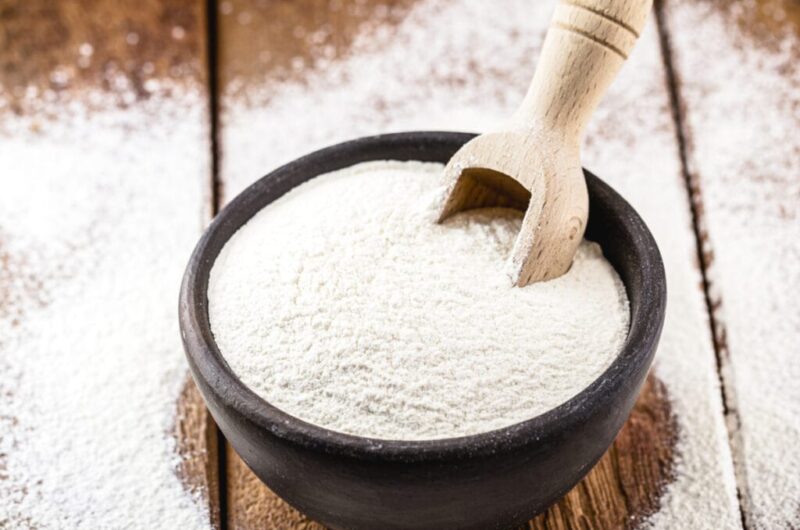Running out of cornstarch in the middle of cooking? Talk about a panic moment! Imagine being halfway through making a stew and realizing you can’t thicken it. That’s why keeping these cornstarch substitutes on hand is such a lifesaver. They’ll rescue your dish in a pinch!
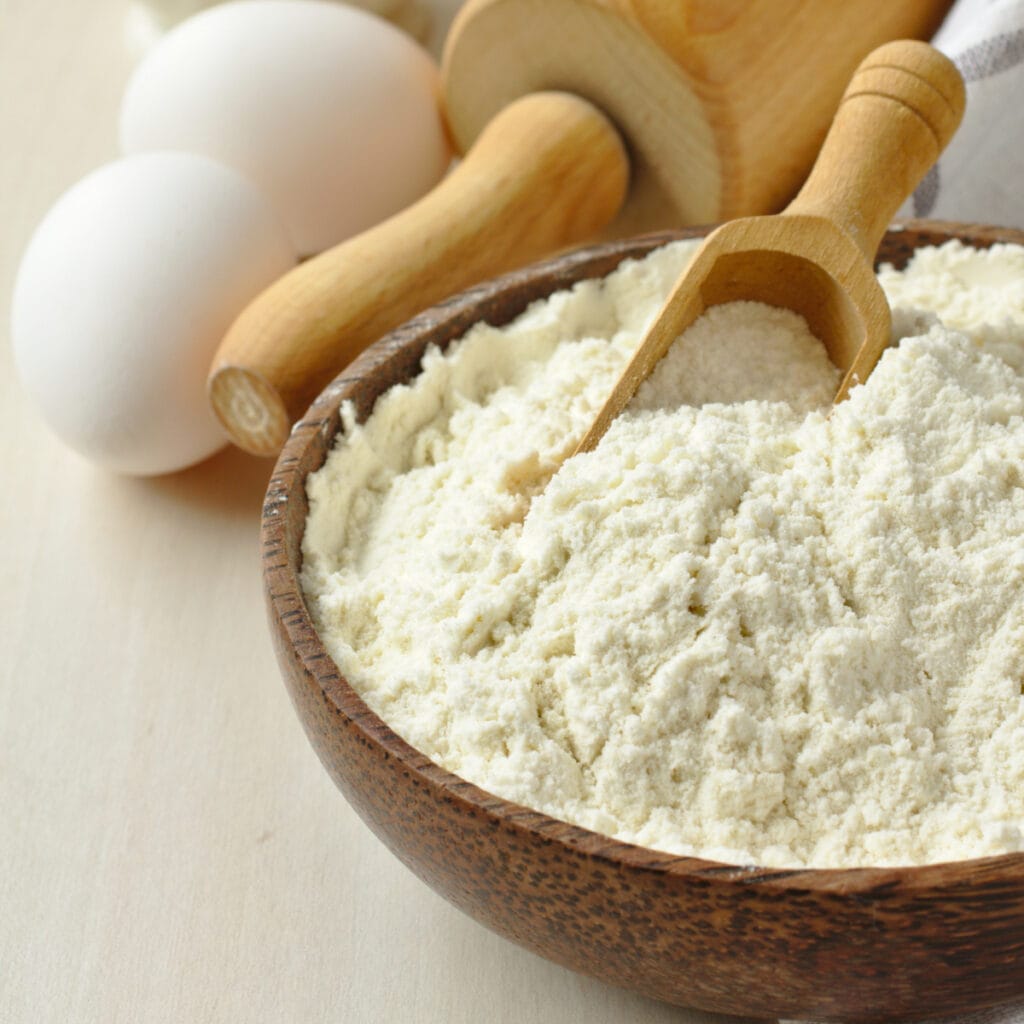
1.Xanthan Gum
Xanthan gum is a go-to in gluten-free baking because it adds that stretchy texture you’d get from wheat flour. It’s perfect for everything from cakes and cookies to muffins and bread.
Plus, it’s a pro at making dairy-free treats creamy, like ice cream or cheese sauce. And when it comes to soups, stews, or gravies, it’s a great thickener.
Here’s the thing: a little goes a long way. You can thicken an entire pot of soup with just a pinch–seriously, less than a teaspoon. So, start small and add more as needed.
Just a heads-up, it’s not the best choice for fried foods. When substituting, use about 1/8 teaspoon for every cup of liquid in your recipe.
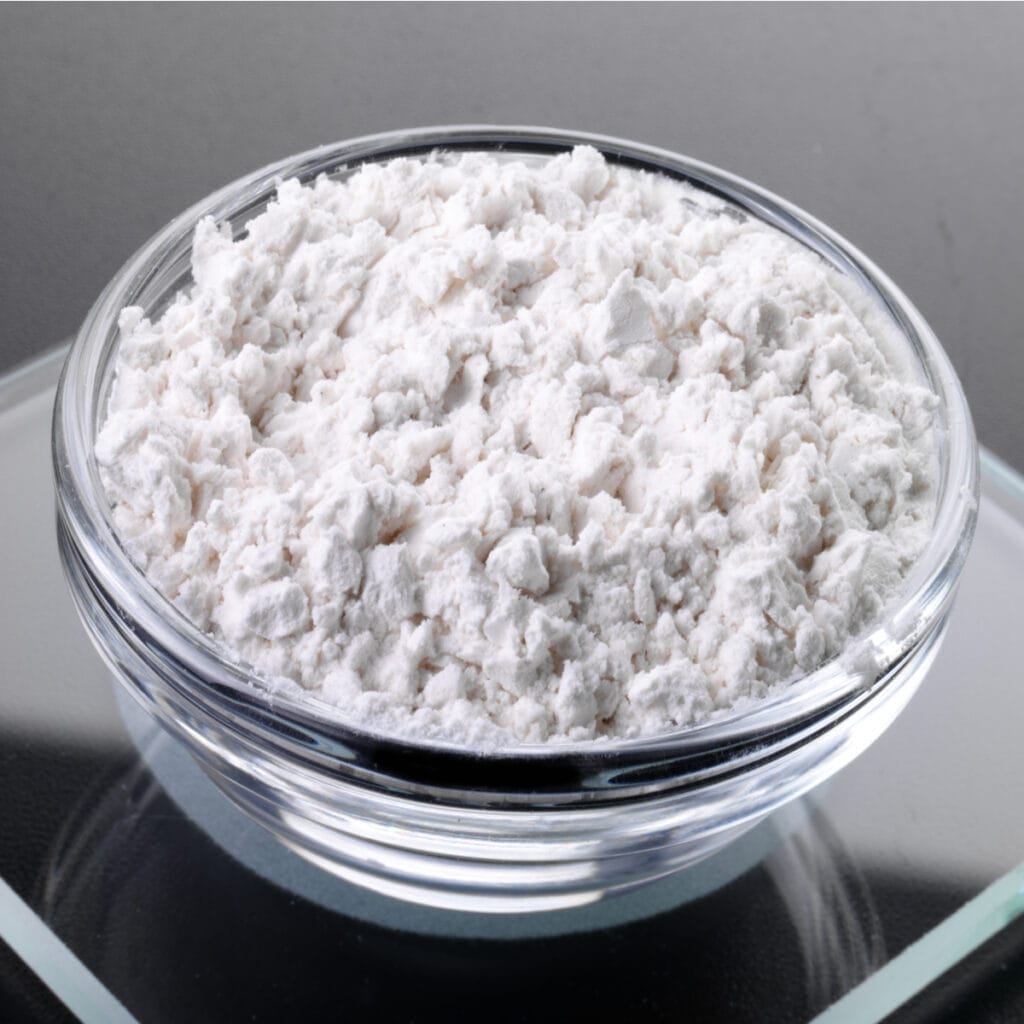
2.Arrowroot Powder
Swapping arrowroot powder for cornstarch is as simple as it gets–just use a 1:1 ratio. Easy peasy!
But here’s the thing: arrowroot doesn’t hold up well when reheated, and too much heat can actually make it thin out. Keep that in mind when you’re cooking with it.
Now, here’s where it shines: arrowroot is a go-to in gluten-free and paleo recipes. Often, it’s paired with other flours like coconut or almond.
While I haven’t tried baking with it myself, I’ve heard it creates super tender treats.
What I do know for sure is that it works like a charm as a thickener without altering the flavor or texture of your dish.
So, the next time you need a cornstarch substitute, give arrowroot a try. It’s a great option for gluten-free baking and a reliable thickener that won’t change the taste of your dish.
Just remember to use it sparingly and avoid overheating for the best results.
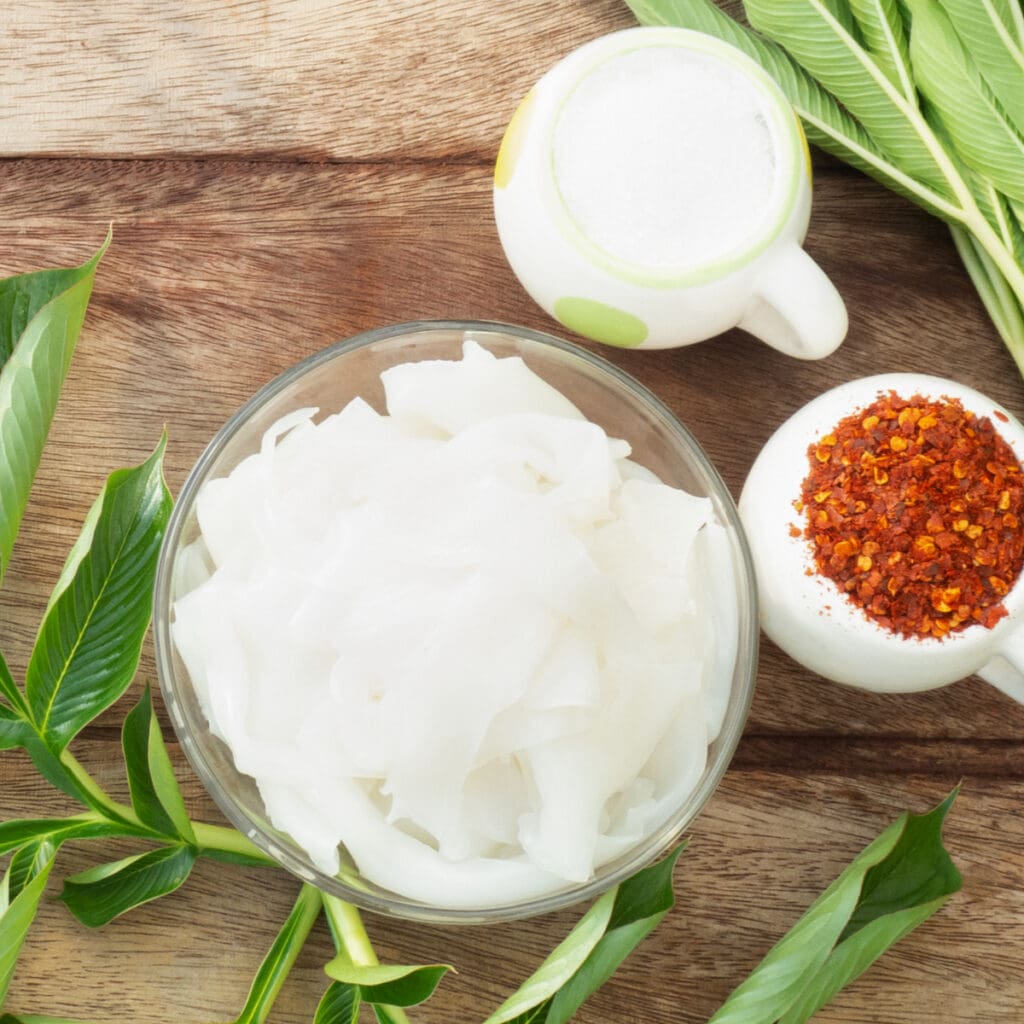
3.Glucomannan
Looking for a low-calorie or low-carb solution? Meet glucomannan, a plant-based soluble fiber that’s zero calories and carbs.
It’s also a probiotic, so it’s great for your gut, and some studies suggest it might even help lower bad cholesterol. This versatile ingredient shines as a thickening agent and works well in baking too.
Just keep in mind it has a gel-like texture, so it’s not ideal for breading or fried foods.
A little goes a long way–use 1/4 teaspoon of glucomannan for every 1 teaspoon of cornstarch called for in a recipe. It thickens quickly and effectively, making it a smart substitute.
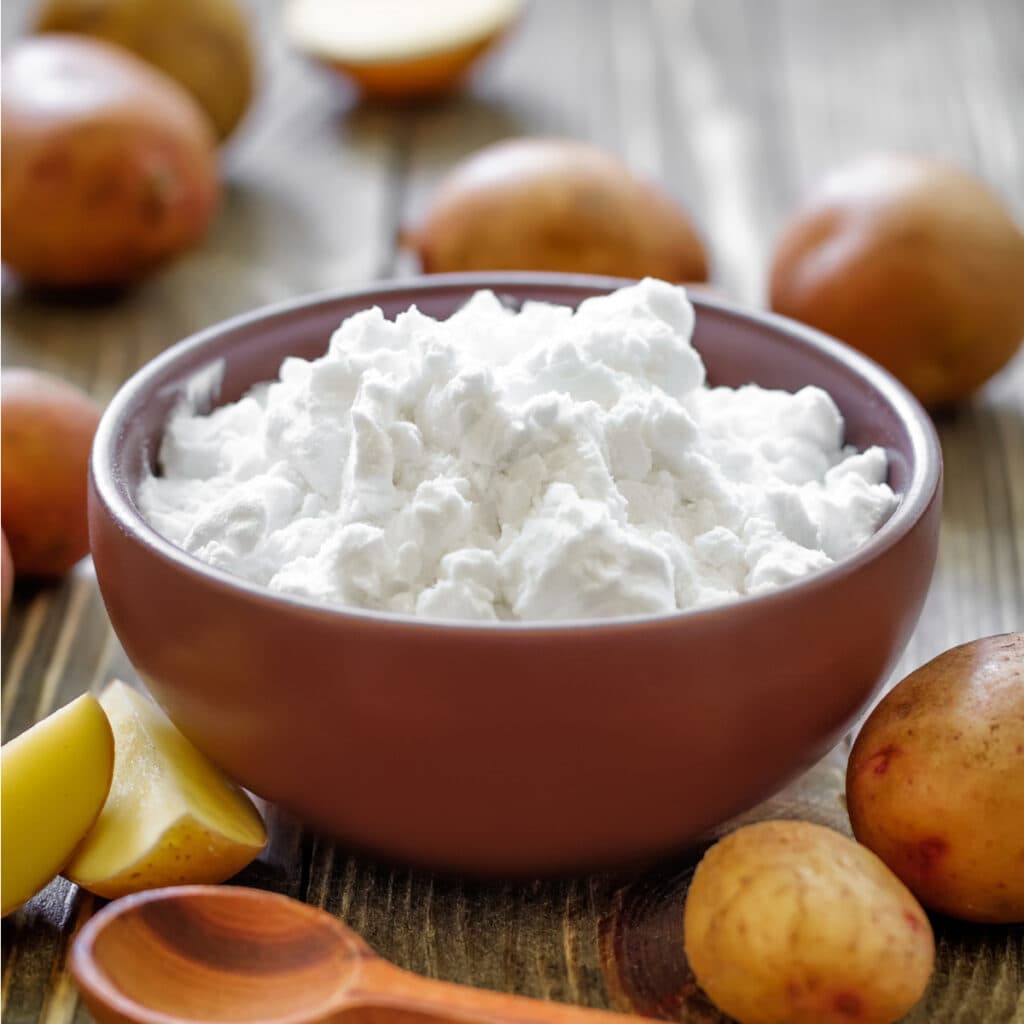
4.Potato Starch
Looking for a top-notch substitute for cornstarch? Potato starch is a favorite among home cooks and chefs alike, and for good reason.
Here’s why it shines: you can use it in a 1:1 ratio, making it super easy to swap in. Pro tip? Add it toward the end of cooking since it thickens quickly.
Here’s the thing: dishes made with potato starch don’t reheat well, so it’s best for smaller meals when leftovers aren’t likely. How to use it?
Simply substitute 1 tablespoon of potato starch for every 1 tablespoon of cornstarch called for in your recipe.
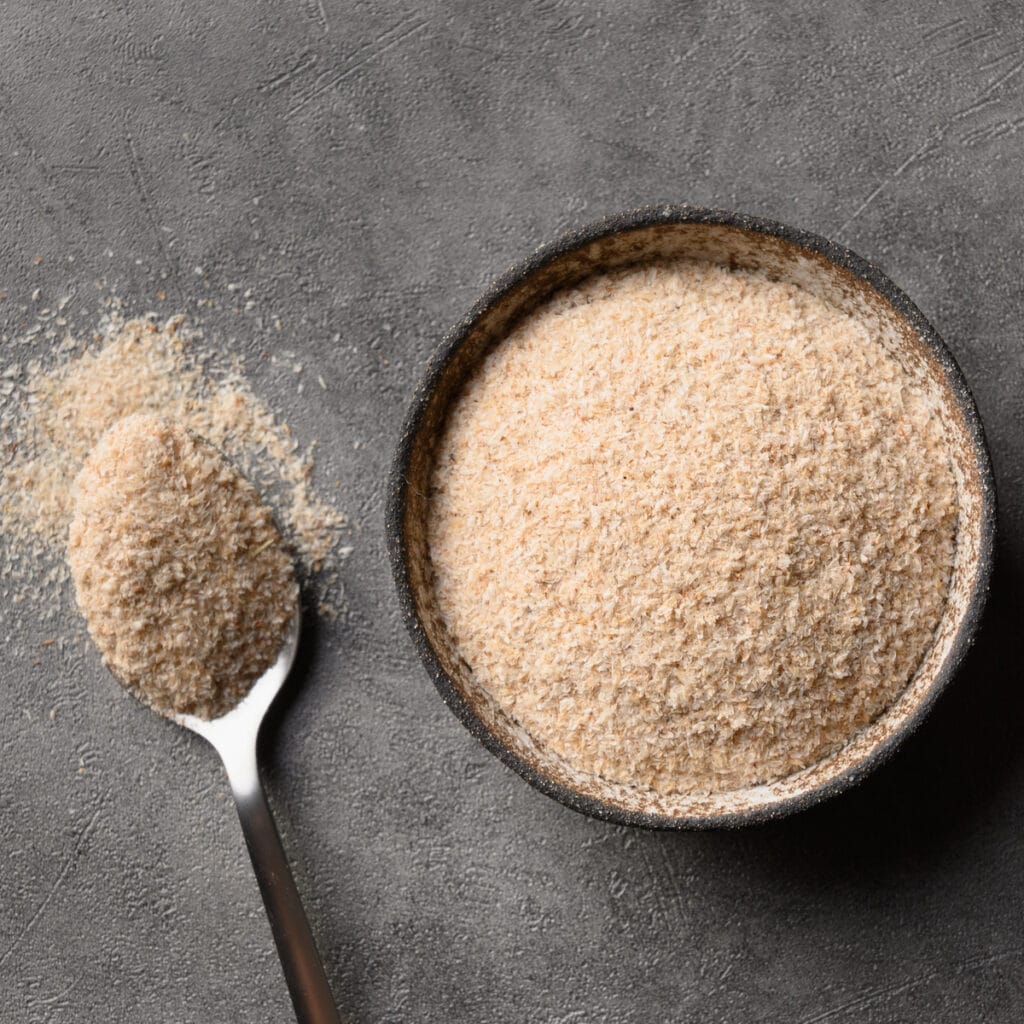
5.Psyllium Husk
Looking for a low-carb thickening agent? Psyllium husk is a game-changer! This plant-based soluble fiber turns into a gel when mixed with water, making it perfect for thickening without the carbs.
Just remember, it’s best used in small amounts to avoid overpowering your dish. For a great substitution, try using ½ teaspoon of psyllium husk for every 1 tablespoon of cornstarch.
Start with a small amount and add more as needed to get the texture just right. It’s especially handy for keto-friendly fried foods–just pat the meat dry and fry immediately for a crispy result.
Experiment and find the balance that works best for you!
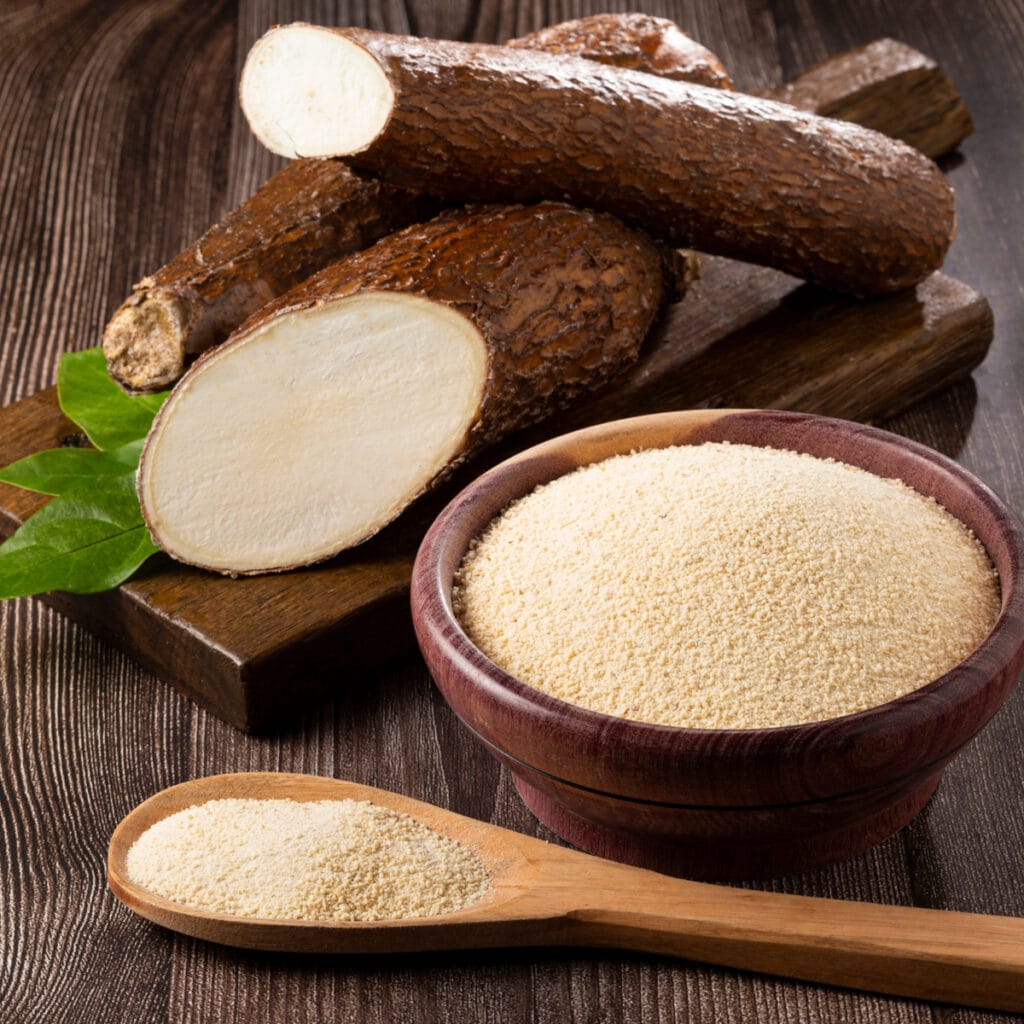
6.Cassava or Tapioca Flour
Meet tapioca flour, a gluten-free gem made from cassava roots. It’s a fantastic alternative to cornstarch, perfect for adding a silky smooth texture to desserts, pie fillings, and sweet sauces.
Just a heads-up: tapioca can get a bit gummy if heated too much, so it’s best to avoid using it in soups or cakes.
Instead, add it right at the end of cooking, once the heat is off–this will help it thicken beautifully without any unwanted texture.
For substituting, use 2 tablespoons of tapioca flour for every 1 tablespoon of cornstarch called for in a recipe.
A little tip: I like to add tapioca flour after the filling or sauce has cooled slightly–it makes all the difference in achieving that perfect consistency.
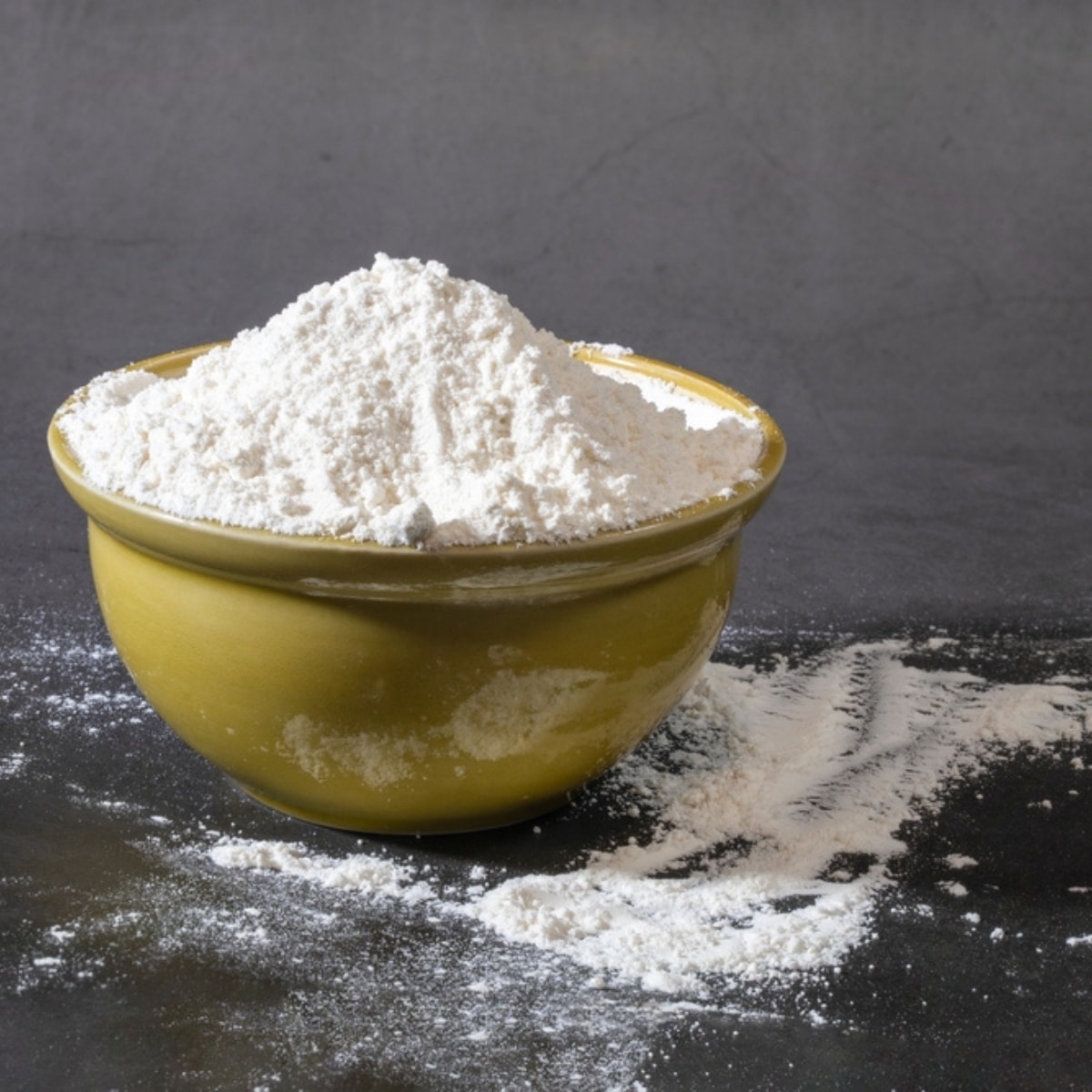
7.All-Purpose Flour
All-Purpose Flour: Your Go-To Substitute for Cornstarch Need to thicken a sauce or bread some chicken? All-purpose flour is here to save the day!
While it’s a great substitute when cornstarch isn’t on hand, there are a few things to keep in mind.
First off, all-purpose flour works best for breading meats or in recipes that call for less than 2-3 tablespoons of cornstarch.
Since flour has about half the thickening power of cornstarch, you’ll need to use twice as much. Just be aware that using too much flour can affect the flavor.
One important note: flour isn’t a good substitute for cornstarch in baking. Cornstarch helps keep baked goods tender, but adding extra flour can make them dry and dense.
How to make the swap: Use 2 tablespoons of all-purpose flour for every 1 tablespoon of cornstarch called for in the recipe. It’s a simple fix that works wonders in a pinch!
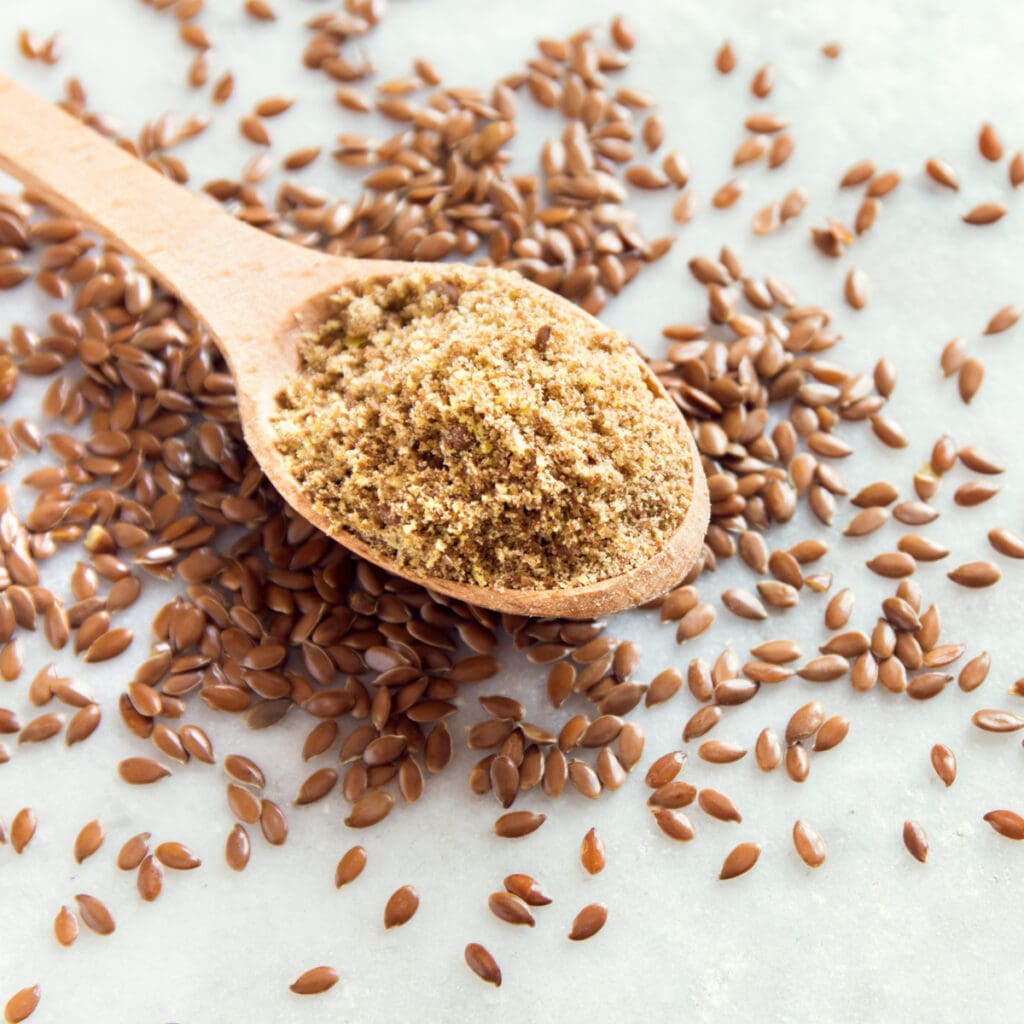
8.Ground Flaxseeds
Ground flaxseeds are a fantastic vegan substitute for eggs because they absorb water and form a jelly-like texture, making them perfect for binding ingredients in recipes like cookie dough.
While they can add a slightly gritty texture to the final product, they offer a boost of fiber that cornstarch doesn’t provide. Use them as a thickener by adding a little at a time.
For substitution, mix 1 tablespoon of ground flaxseeds with 4 tablespoons of water for every 2 tablespoons of cornstarch. They work well in hearty dishes but aren’t ideal for smooth sauces or delicate desserts.
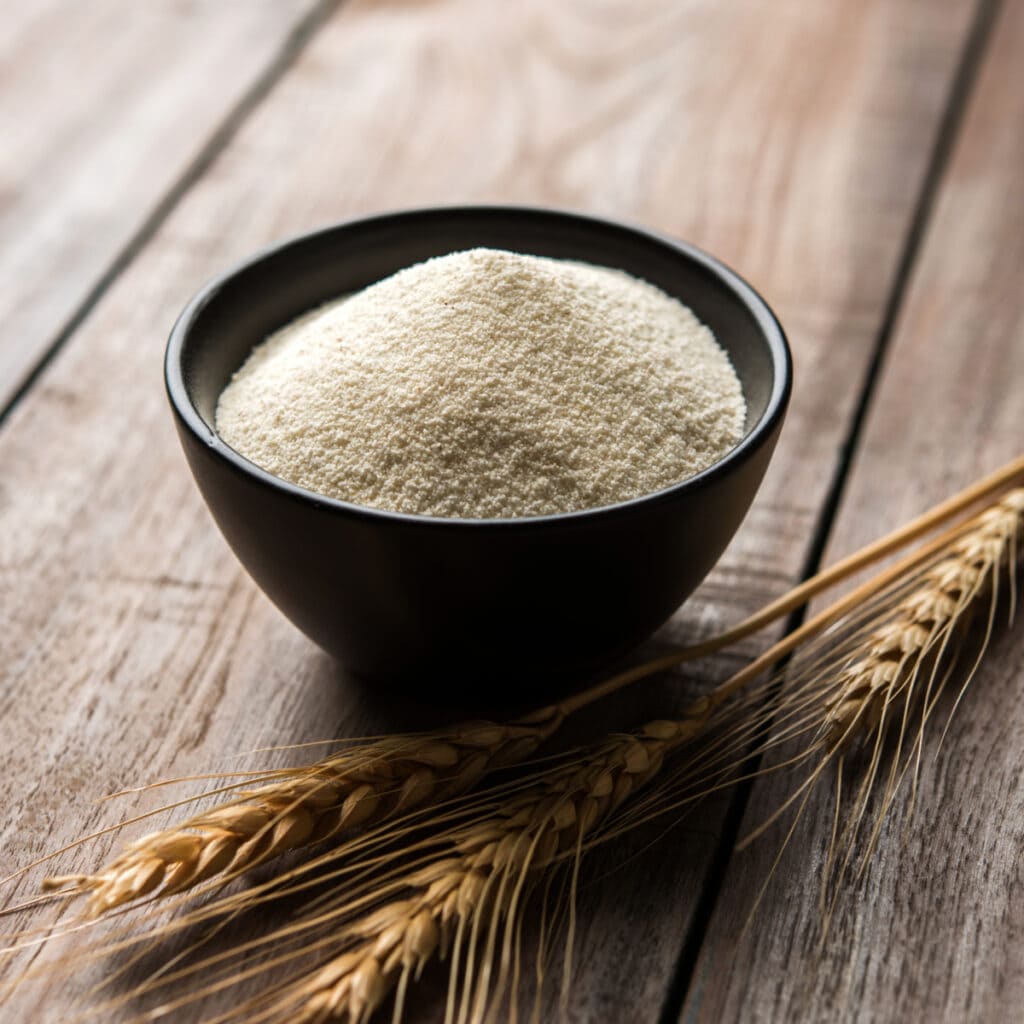
9.Wheat Flour
Cornstarch, also called cornflour, is made by grinding corn into a powder, while wheat flour comes from the same process but uses wheat instead.
Both are carb-heavy, but wheat flour has more fiber and protein compared to cornstarch, which doesn’t offer much of either. Keep in mind that wheat flour isn’t gluten-free, unlike cornstarch.
When using wheat flour, you’ll need to mix it with water to create a paste before adding it to your recipe.
The ratio isn’t as straightforward as with all-purpose flour, so some experimentation might be needed to get it just right. Like all-purpose flour, wheat flour is best used for frying foods or as a thickener.
That said, it can leave a heavy texture, so it’s often better to use it sparingly as a thickener.
For substituting, use 2 tablespoons of wheat flour for every 1 tablespoon of cornstarch called for in a recipe.
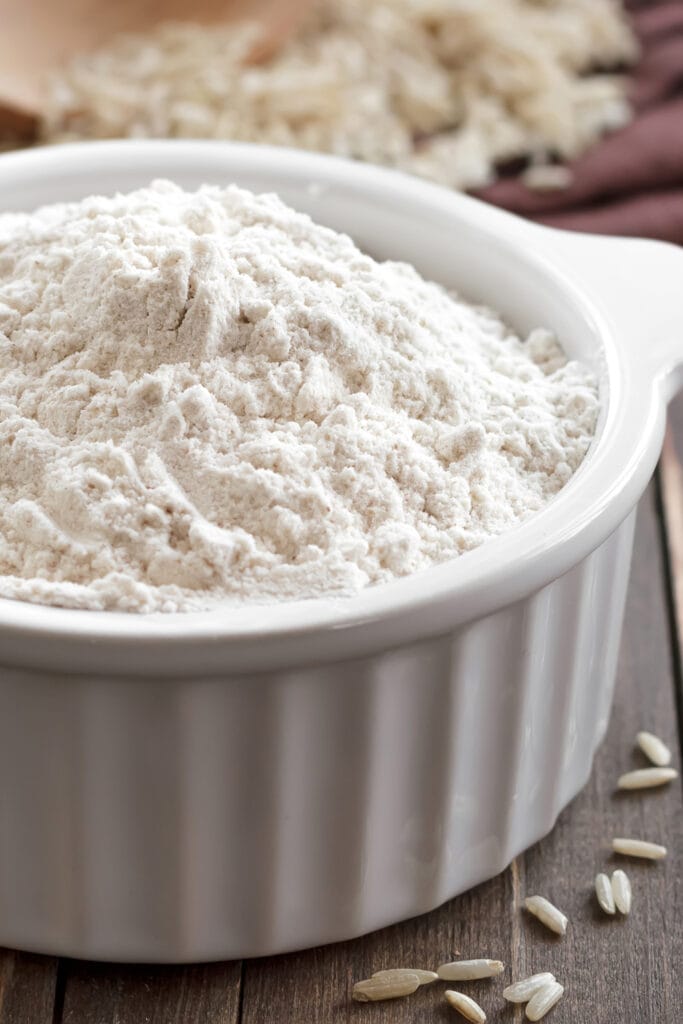
10.Rice Flour
Rice flour is a fantastic substitute in certain recipes, especially when you want to avoid using cornstarch.
The key here is to use twice as much rice flour as you would cornstarch–so for every tablespoon of cornstarch, use two tablespoons of rice flour.
This swap works wonders in fried foods and cookie recipes, where it helps create a tender texture.
However, it’s not the best choice for cakes or sauces, as it can make them feel gummy or sticky.
Some folks have luck using it in puddings and sauces, but for the best results, stick to using it for crispy fried chicken or chewy cookies.
The substitution is simple: just remember to double the amount of rice flour compared to cornstarch for the right consistency.
10 Best Cornstarch Substitutes (Easy Alternatives)
Course: Sauces u0026amp; DipsCuisine: AmericanDifficulty: Easy4
servings30
minutes40
minutes300
kcalRunning out of cornstarch in the middle of cooking? Talk about a panic moment! Imagine being halfway through making a stew and realizing you can’t thicken it. That’s why keeping these cornstarch substitutes on hand is such a lifesaver. They’ll rescue your dish in a pinch!
Ingredients
Xanthan Gum
Arrowroot Powder
Glucomannan
Potato Starch
Psyllium Husk
Cassava or Tapioca Flour
All-Purpose Flour
Ground Flaxseeds
Wheat Flour
Rice Flour
Directions
- Select your favorite recipe.
- Organize all the required ingredients.
- Prep a delicious recipe in 30 minutes or less!
